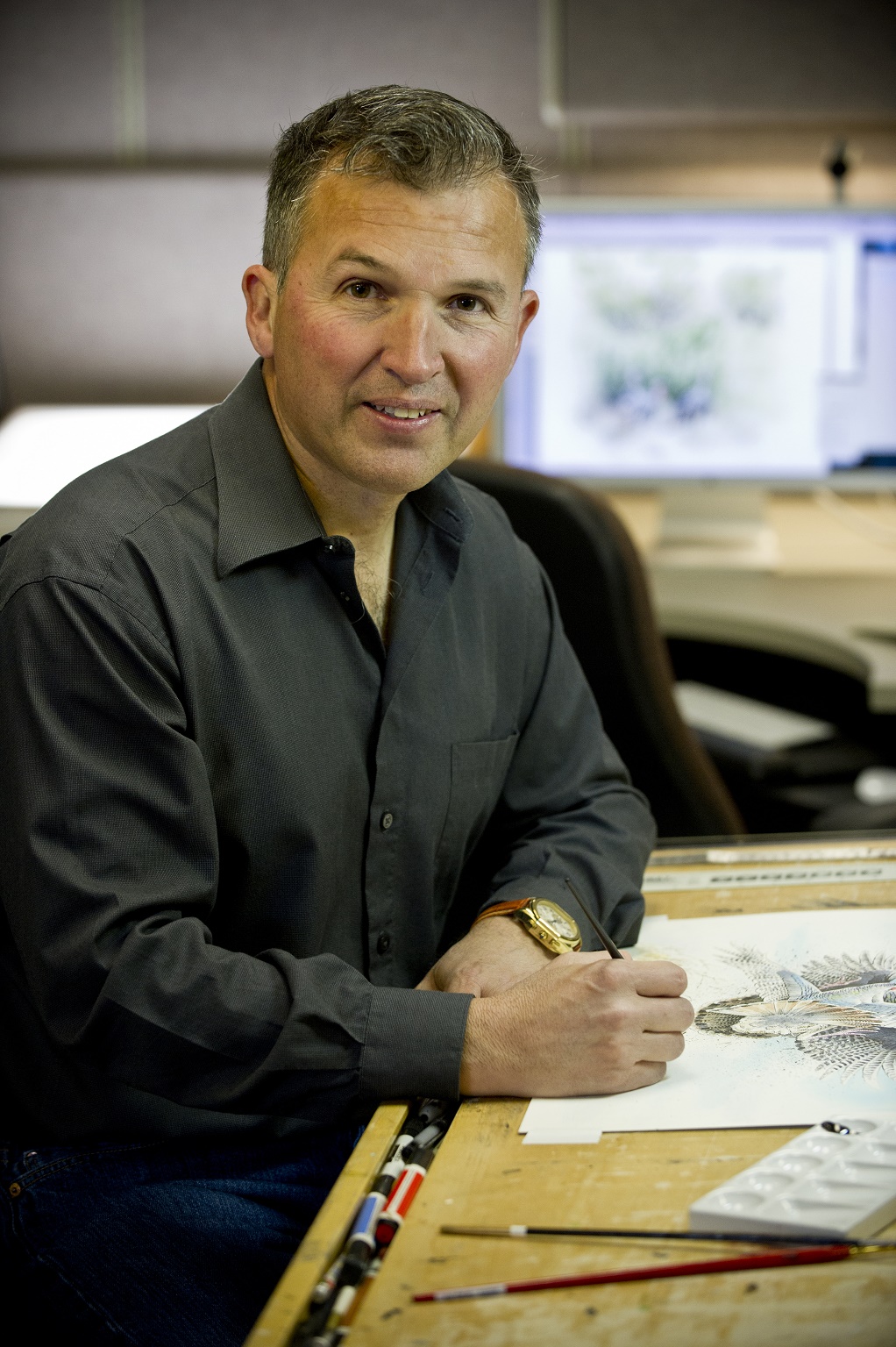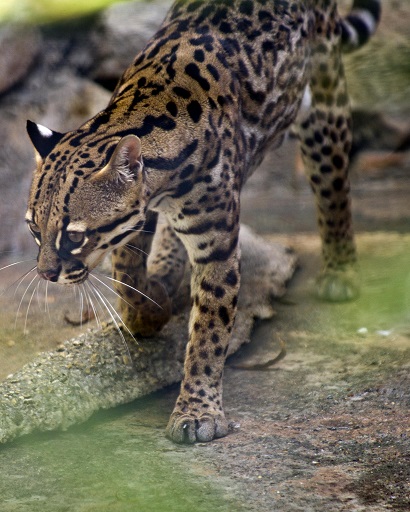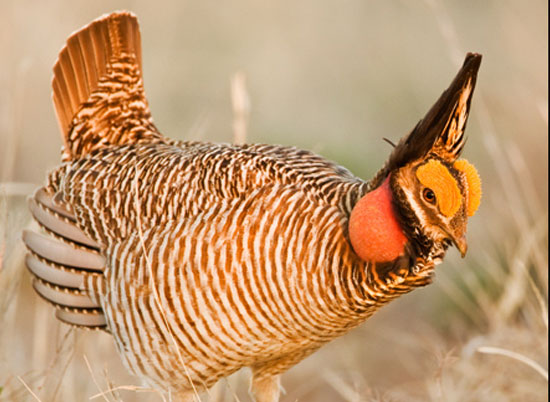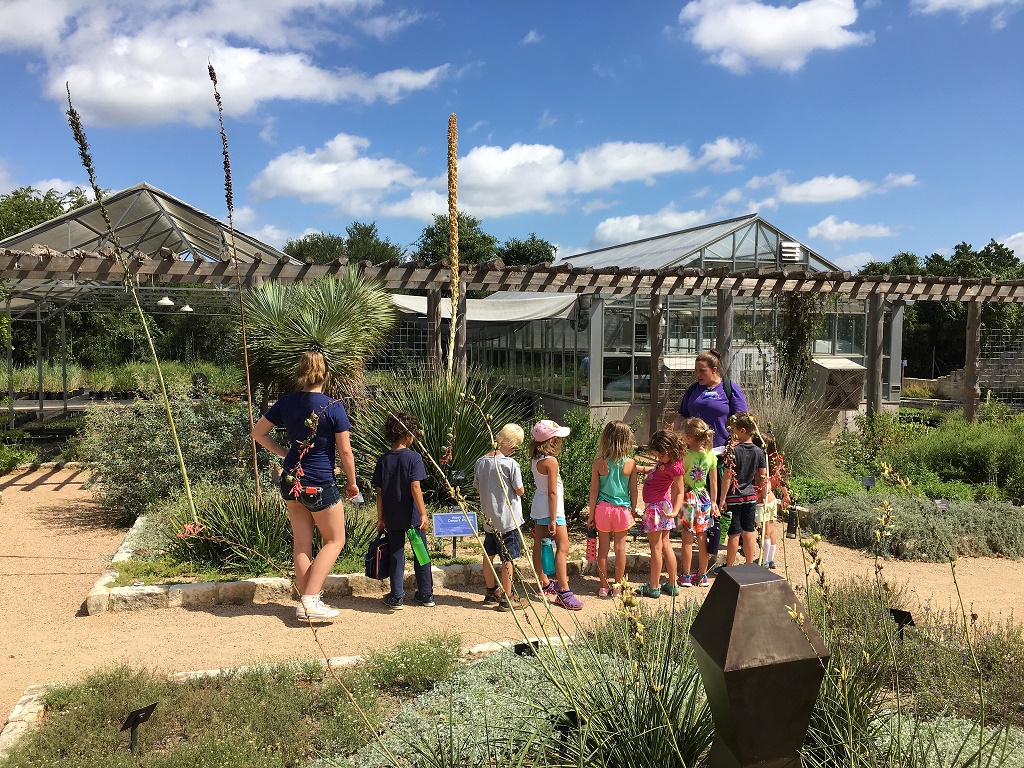Centennial Artist Clemente Guzman
Thursday, October 31st, 2019This is Passport to Texas
I love nature. I love being outside.
Artist Clemente Guzman has a genuine affection for the outdoors. He spent twenty-nine and a half years at Texas Parks and Wildlife depicting the natural beauty of the state.
I create art because it inspires me, it moves me, and being out in nature does that to me. It has that magic. You know when you have it, because you can’t sleep. You know you get up. It’s like falling in love. You know, you’re just thinking of that all the time.
Now Clemente has come out of retirement for a higher calling. He’s one of thirty-one centennial artists chosen to commemorate the one-hundredth anniversary of Texas State Parks. Government Canyon State Park is his first assignment.
I went out there to Government Canyon and I did some of the trails, especially one of them that goes to the dinosaur tracks. And I took some pictures and got my mind thinking. I found this lizard that I though it would be a great idea to put him inside of a dinosaur track. It just fit beautifully, the angle of the lizard and the footprint. I’m going to paint that for Government Canyon.
The centennial artists will cover sixty-two parks in all, and their work will be featured in a printed book to be published in the centennial year 2023.
For Texas Parks and Wildlife…I’m Cecilia Nasti.







 Passport to Texas is a
Passport to Texas is a  Passport to Texas is made available by:
Passport to Texas is made available by: